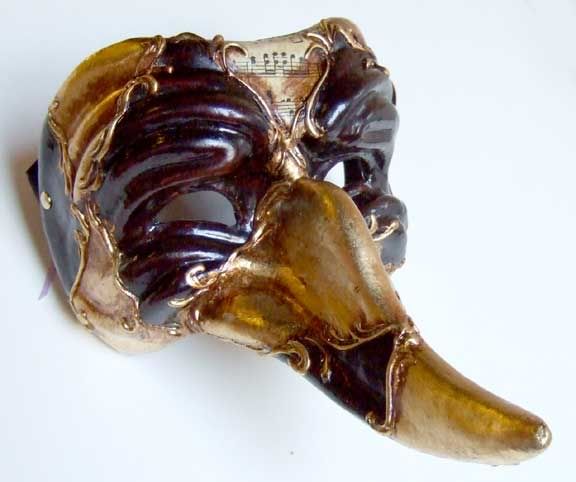
I was amazed when I started delving into the world of Commedia. (I know, commedia is just Italian for comedy, but Ill be using it as an abbreviation for the full term, which is a bit long to type out over and over. Sue me.... )
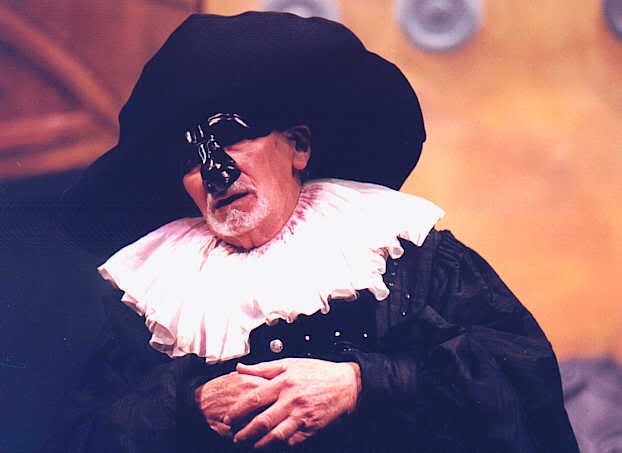
The thing that really blows my mind about it is just how many of today's familiar characters have filtered down from it. Harlequins painted by Picasso, Cezanne, and many other artists, extended all the way to the Joker's sidekick Harley Quinn. Oh, and the Joker himself looks an awful lot like a Zanni mask with that long nose and long pointed chin.... rather similar to Paul Berry's Sandman puppet. Lots of examples throughout history, from Cyrano to (I suspect) Don Quixote and possibly even Quasimodo (his renaissance garb coupled with his acrobatic capering suggest Commedia to me). I'm sure there are countless others.
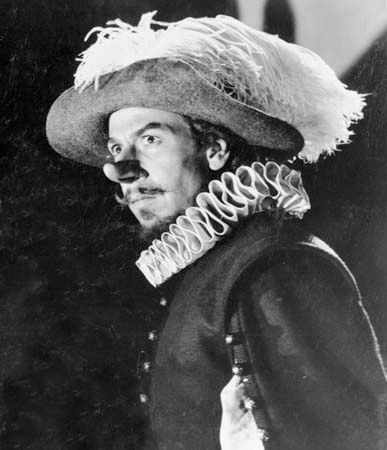
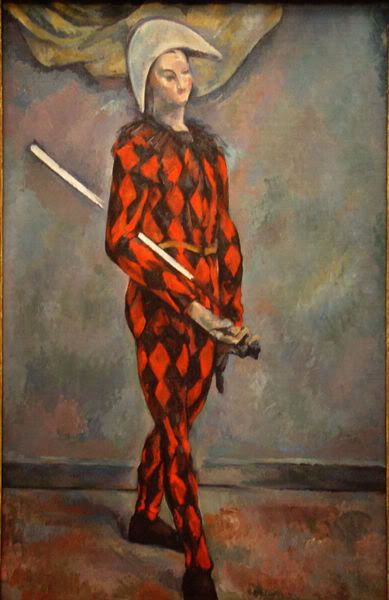

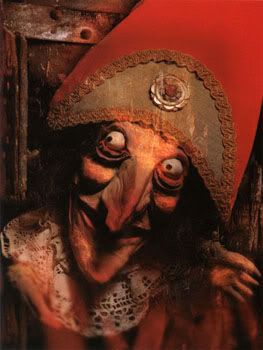
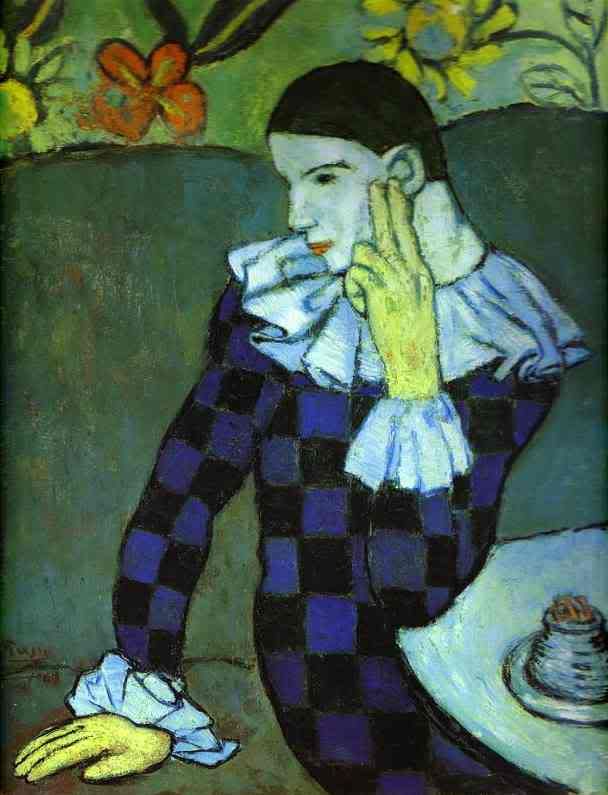
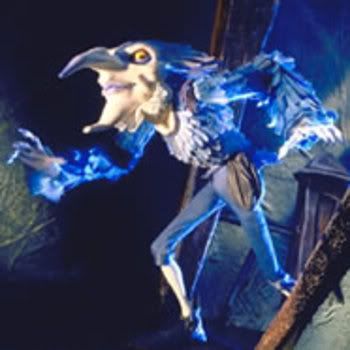
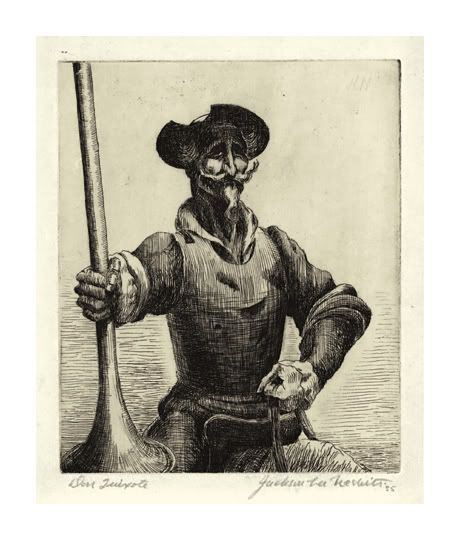
As a theatrical form, Commedia was very physical -- involving mime, clowning, acrobatics, and improvisation in addition to voice acting and often singing, or grammelot -- invented gobbledygook -- gibberish language made to sound like some language or dialect and including occasional words... it was designed to get the meaning across even though most of it was nonsense. There's more to grammelot than just made up gibberish... you can find a great description of it in Dario Fo's Nobel prize winning book Tricks of the Trade (along with excellent descriptions of techniques for various mime techniques and other physical acting methods).

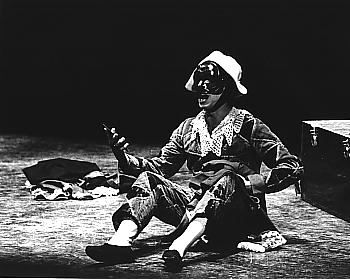
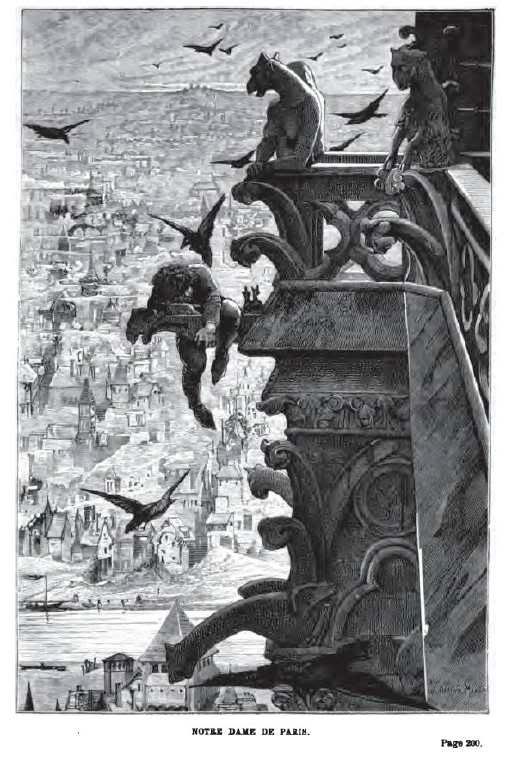
Mister Punch is the direct descendant of Pulcinella (meaning Little Chicken), who walked like a chicken and beat everybody with his slapstick. Many commedia characters are modeled after animals... birds, monkeys, etc. Commedia is the theatre of TYPES.... characters aren't individuals with psychological depth but the masks and characteristic walks represent types -- The Old Skinflint (Pantalone), The Clown (Harlequin, or earlier Arlecchino), The Cowardly Braggart (Il Capitano, or The Captain), The Self-Important Windbag (Il Dottore - The Doctor) and others.

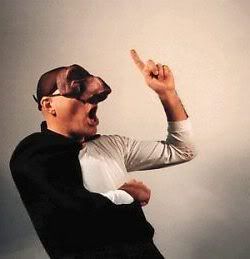
It was all set up within the framework of classes.... basically most of the characters were servants on different levels of the hierarchy.. with Pantalone and Il Dottore being the homeowners and their sons and daughters being The Lovers (who wore no masks and were completely self-absorbed, in love with the idea of being in love, but so narcissistic that they hardly noticed each other). These Lovers feature frequently in some of the films derived from Commedia... in particular the Marx Brothers and the Three Stooges. Chaplin, Keaton, and other silent clowns are direct descendants as well.
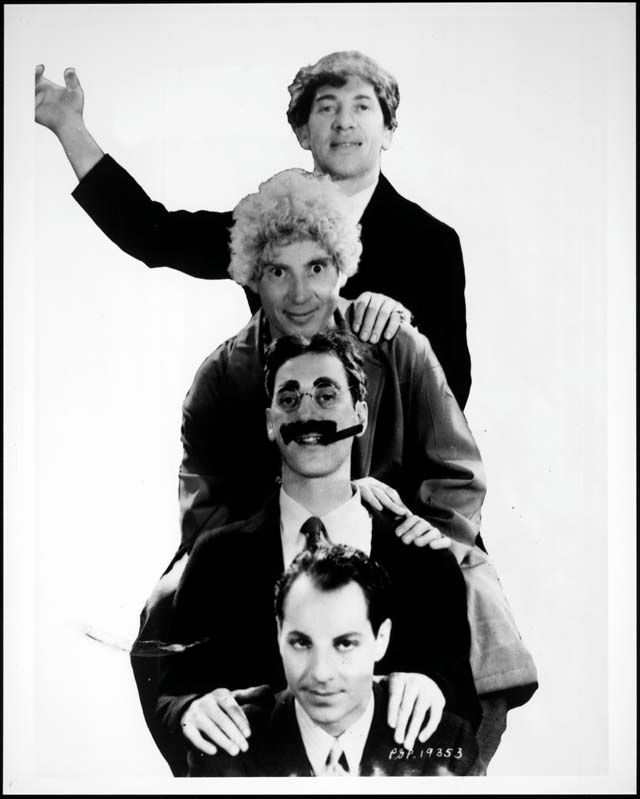
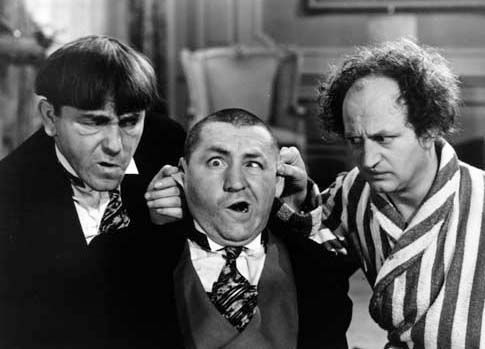
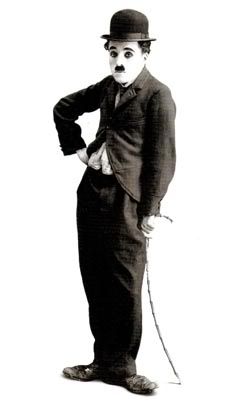
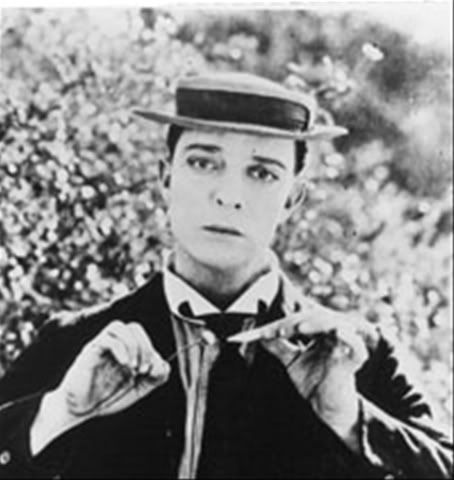
The Zanni are the lowest class... always at everyone else's mercy, but the most mischievous and clownish of the bunch. Zanni is a generic term (not sure exactly what it means) which eventually translated into Zany. As many of the characters did, they would often stand and walk in first or fourth position (ballet terms), lending them an exaggerated grace.
Here are some great YouTube vids on the subject of Commedia Dell'Arte:
Commedia Dell'Arte playlist on YouTube Some are good, some not so much. I offer the entire playlist, feel free to skip around it. Below are some individual clips I find excellent.
The Masks of Arnold Sandhaus
Commedia Dell'arte at Brennan High School
Commedia dell'Arte
Workshop de Commedia Dell' Arte com Antonio Fava (part 1)
Workshop de Commedia Dell' Arte com Antonio Fava (part 2) This girl does the best Zanni I've ever seen!!! This is the way Commedia characters are supposed to be.... acrobatic, walking with balletic grace and poise, speaking in unnatural voices... incredible!!!
And the books I've got (browse suggestions for many others):
Commedia Dell'Arte: An Actor's Handbook by John Rudlin
The Moving Body: Teaching Creative Theatre by Jaques Lecoq
The Mime Book by Claude Kipnis
The Art of Pantomime by Charles Aubert (available for free online download)
The Tricks of the Trade by Dario Fo
Mask Characterization: An Acting Process by Libby Appel
All highly recommended, especially when taken as a group... they feed into each other perfectly.

